
The world of espionage is shrouded in mystery. We attach romantic and idealized notions to being a spy, influenced by TV shows, books, and movies such as those featuring British agent James Bond — and these are all Bond movies ranked from worst to best.
But the reality is far more nuanced and complex — and far less glamorous. Alas, the only reason we know of many spies is because they were captured and often executed.
24/7 Tempo’s list of famous spies throughout history is by no means exhaustive. These are also not necessarily the most successful spies, but among the most famous ones — largely because they were caught. We are likely not aware of many real successful spies, especially in more recent times, as their existence and deeds are kept in secrecy.
Click here for 27 of history’s most famous spies.
Espionage has its roots in ancient times. Famed military strategist Sun Tzu wrote in “The Art of War” around 500 BC: “One who knows the enemy and knows himself will not be endangered in a hundred engagements.” And in the Old Testament, Joshua sent two spies into Jericho before conquering Canaan. There is documentation that ancient Greeks and Romans used espionage, too.
The men and women of the spy world learn subterfuge and other methods and tools of the trade. Many are ideologists, though some simply do it for the money and have few morals or core beliefs. Some have been very good at the trade, but a few were also quite inept and are famous simply because of their very public trials. Many are hailed as heroes in the country they were loyal to. Espionage carried out by Julius and Ethel Rosenberg and Klaus Fuchs in which atomic secrets were passed to the Soviet Union contributed to that nation developing atomic weapons. That accelerated the Cold War, contributing to crises that could have ended the world.
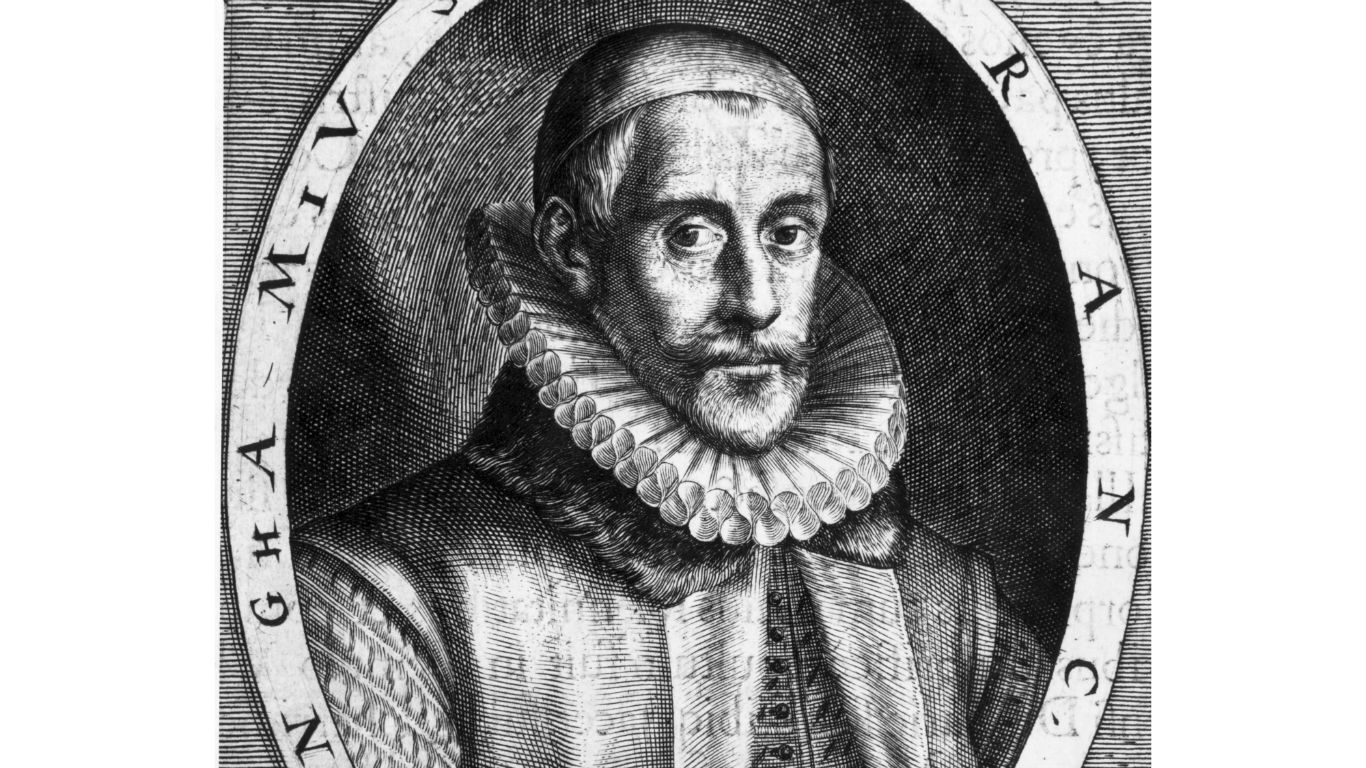
1. Sir Francis Walsingham (1532-1590)
Queen Elizabeth I spymaster
Many attribute the beginning of modern espionage and the development of many spy methods to Sir Francis Walsingham, who was the principal secretary to Queen Elizabeth I. Facing dangers from the Catholic world, Walsingham, a zealous Protestant, created a secret service that uncovered and averted several plots against the queen. He assembled a network of spies in France, Scotland, Italy, and as far as Turkey and more. He used informants and double agents as well as employed experts in code deciphering.
[in-text-ad]
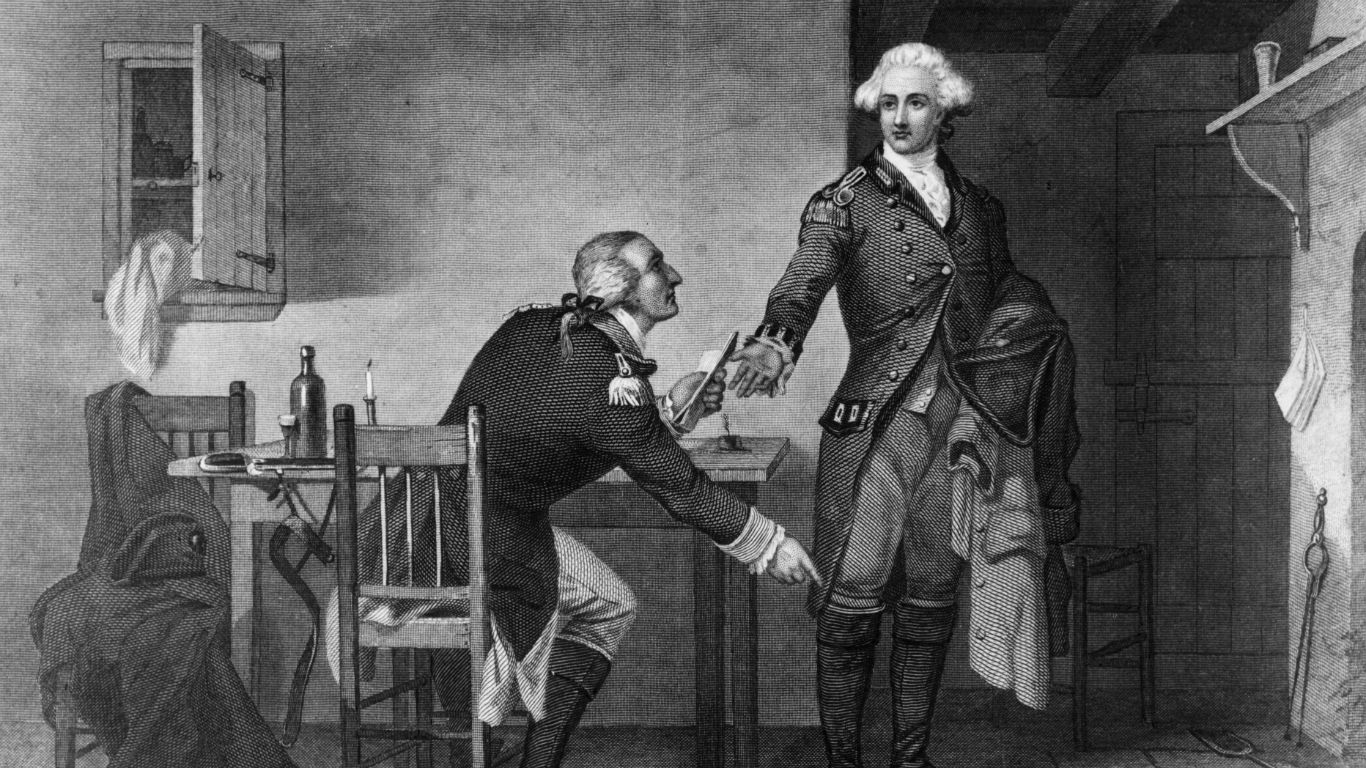
2. Benedict Arnold (1741-1801)
Switched sides mid-war and betrayed U.S.
No doubt, the early war hero turned traitor is one of the more infamous figures in American history. Some may not consider him a spy in the pure sense of the word, but no one doubts Benedict Arnold turned sides mid-war and was going to surrender the American fort at West Point, New York, in return for money and a command in the British army. The plot was uncovered in time, and Arnold escaped. It was Major John Andre, another spy, who helped convince Arnold to switch sides.
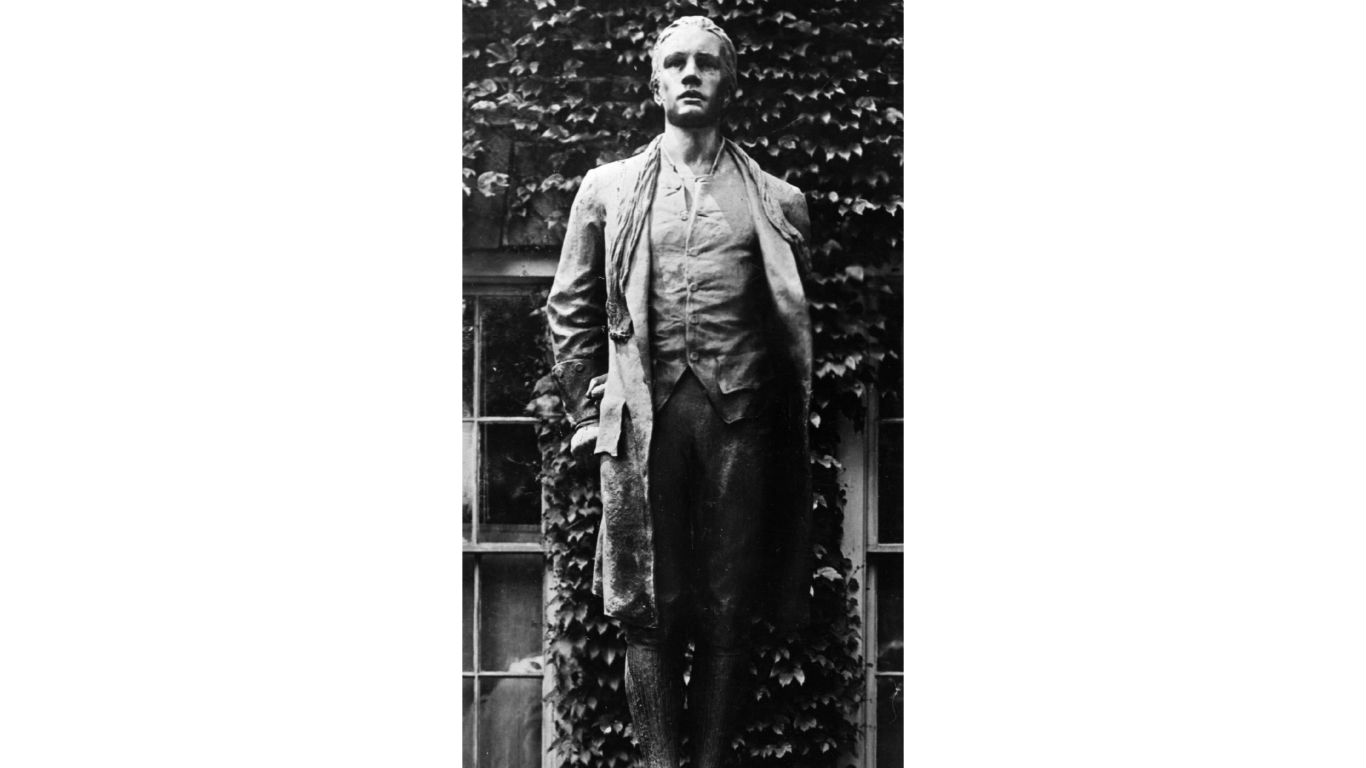
3. Nathan Hale (1755-1776)
Patriot spy
“I only regret that I have but one life to lose for my country.”
These are the last words attributed to Nathan Hale before he was hanged. Unlike Benedict Arnold, Hale’s name has forever entered the American psyche as a symbol of patriotism. The American Revolutionary war officer served in New York under General George Washington, who needed information about enemy troops. Hale volunteered to go on a spy mission behind enemy lines, and for a week he gathered information. As he was returning to the American side, he was captured by the British and hanged.

4. Rose O’Neal Greenhow (1817-1864)
Confederate spy
Perhaps unlike any other war, the Civil War had an abundance of female spies — on both sides. Rose O’Neal Greenhow, or “Wild Rose,” was an avowed secessionist and renowned spy for the Confederacy. Confederate President Jefferson Davis credited her with helping the South win the First Battle of Bull Run (or Manassas) because of her secret messages to General Pierre G.T. Beauregard. Rose was arrested and sent to the Confederate states, and Jefferson Davis sent her to Europe. She died at sea on her return and was buried with full Confederate military honors.
[in-text-ad-2]
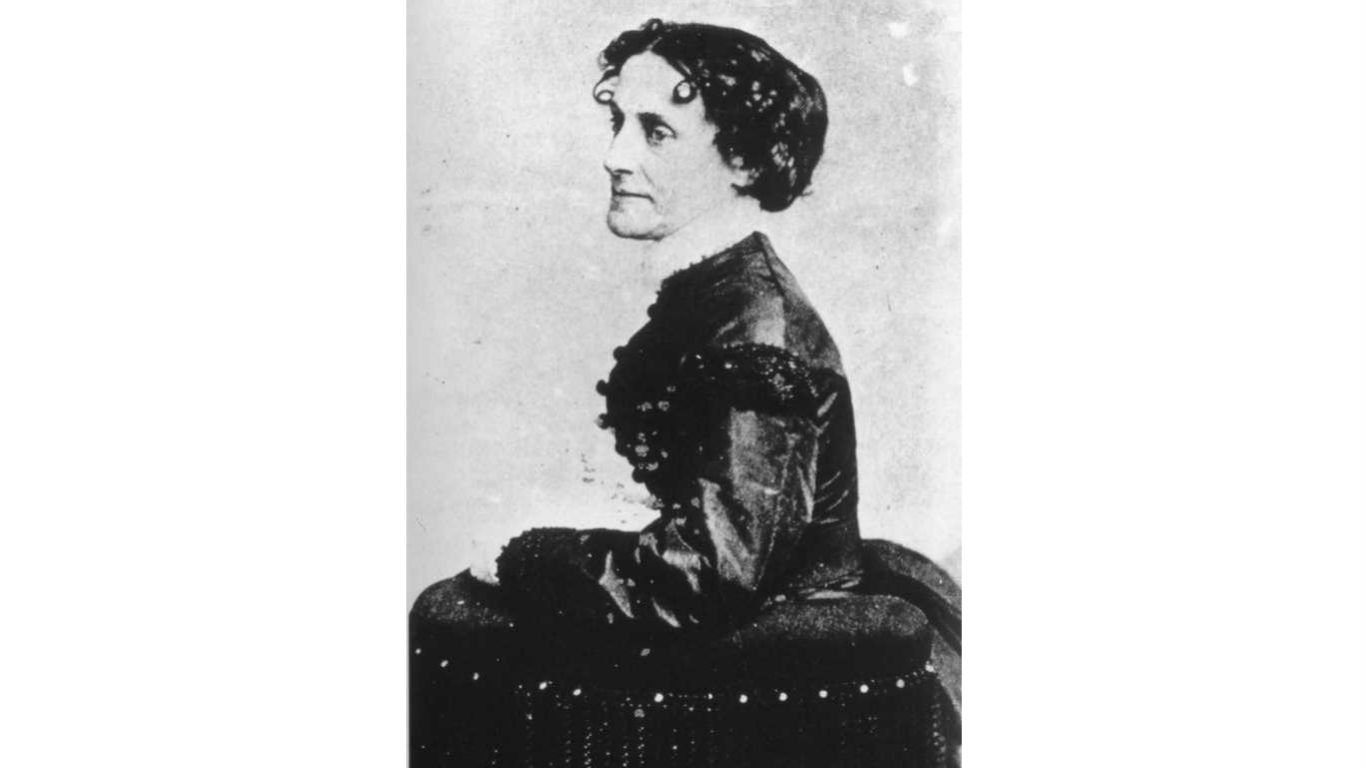
5. Elizabeth Van Lew (1818-1900)
Union spy
Elizabeth Van Lew of Richmond, Virginia, grew up with strong abolitionist sentiments, and as the Civil War broke out, she began working on behalf of the Union. First helping captured Union soldiers escape, Van Lew soon became a spymaster. Her spy ring included more than a dozen people and even ran through the White House of the Confederacy, where another Union spy, African-American Mary Elizabeth Bowser, worked as a servant. Union commanders, especially General Ulysses S. Grant, highly valued Van Lew’s intel.
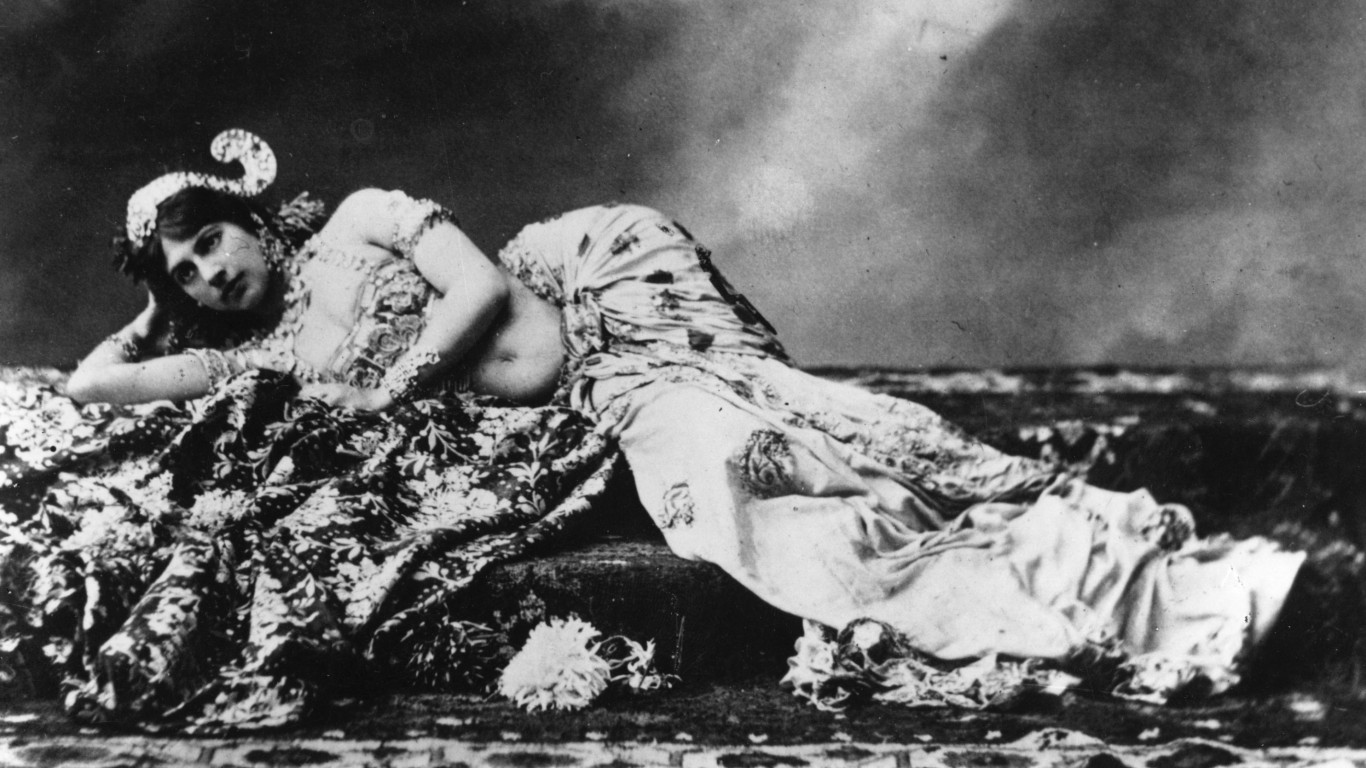
6. Mata Hari (1876-1917)
Accused of being a German double agent
No spy list would be complete without Mata Hari, perhaps the most famous female spy of all — the ultimate femme fatale — although also one of the most tragic and least understood.Mata Hari was born Margaretha Geertruida Zelle in the Netherlands. After some life tribulations, Mata Hari became an exotic dancer in Paris, where during WWI she agreed to spy for France. She was, however, later accused of revealing important Allied secrets to the Germans, was tried, and executed by firing squad. This was her legacy for a century until recently-released documents unearthed she didn’t reveal any information of consequence to the Germans and was more of a scapegoat and victim of the times.
[in-text-ad]

7. Carl Lody (1877-1914)
German spy
Carl Lody was another amateur spy. Thanks to his failed marriage to an American woman, the German spoke fluent English. When the war broke out, he was asked to spy for Germany, but given little training. Posing as an American, Lody travelled to Edinburgh, Scotland, and Ireland and observed British naval movements and defenses. His simply coded messages contained sensitive information but were quickly detected and intercepted. He was found and arrested, convicted in a public trial, and sentenced to death. Lody became a national hero in Germany.
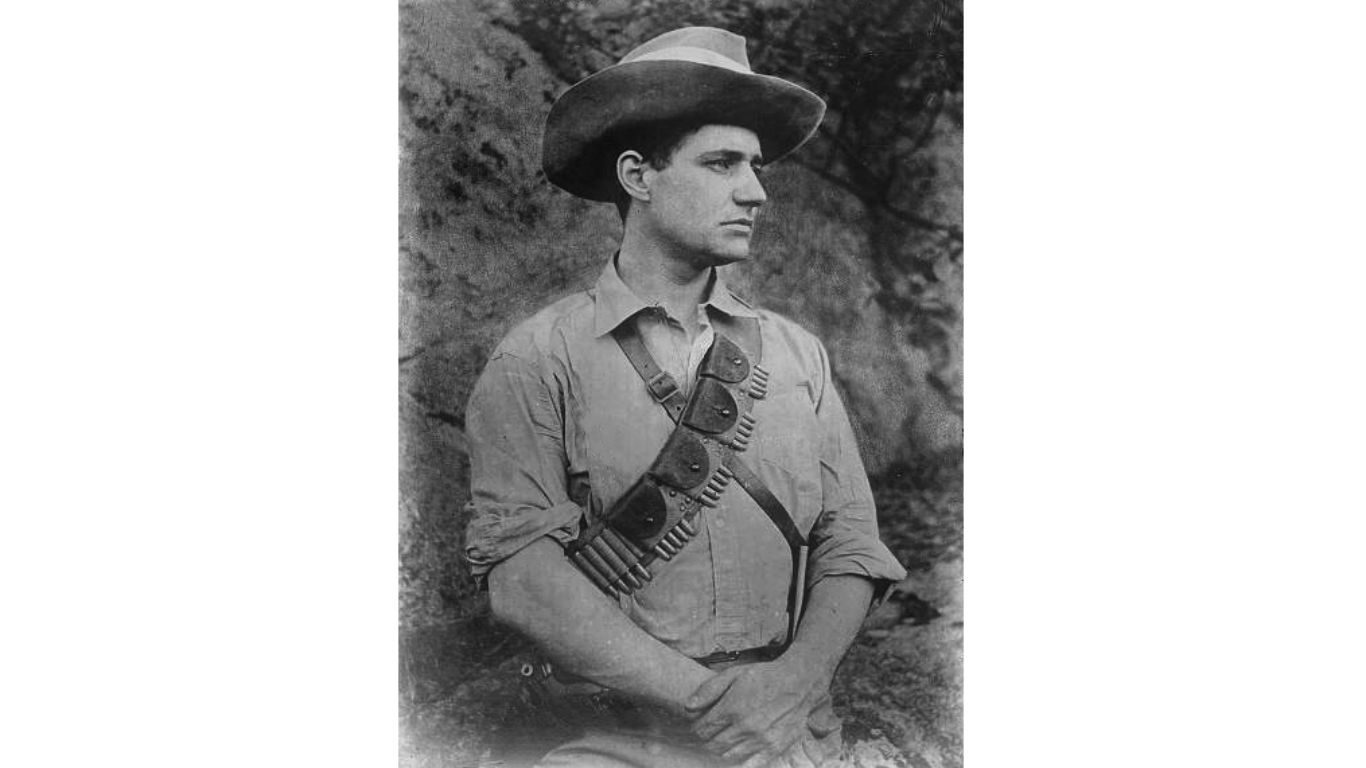
8. Frederick “Fritz” Joubert Duquesne (1877-1956)
German spy in UK and US
Nicknamed the “Black Panther,” Fritz Duquesne of South Africa spied during three wars. He gathered human intelligence, operated a spy ring, and carried out sabotage missions, first against the British in the Second Boer War and WWI, then in the United States. A master of disguise, he was able to create advantageous aliases and managed to rub elbows with influential people. Throughout the years, he was captured several times and escaped prison until the FBI finally caught him — and 32 others in his spy network — in 1941.

9. Richard Sorge (1895-1944)
Soviet spy in Japan
Born in Russia, Richard Sorge grew up and was educated in Germany. He joined the Communist Party of Germany in 1919 and was sent to China to organize a spy ring. While there, he built a reputation as a loyal German and even joined the Nazi Party. He was sent in 1933 to Japan, where he used his connections to learn of the German attack against the USSR in June 1941 — but his warning was ignored. His later warning of a Japanese attack was taken more seriously. Later that year, he was arrested by the Japanese and was executed in 1944. In 1964, Sorge was declared a Hero of the Soviet Union.
[in-text-ad-2]

10. William G. Sebold (1899-1970)
American double agent
Though likely far less famous than other spies on the list, William Sebold is one of the more successful. The FBI tells how “a lone German-American refused to give in to Nazi aggression and hatred.” Sebold, a New Yorker, was able to send fake messages to the Germans, who were convinced he was their spy, and receive information from them. He was instrumental in uncovering and taking down the Duquesne Spy Ring. He was the FBI’s first double agent.

11. Sir William Stephenson (1896-1989)
British spy
Believed to be the inspiration for James Bond no less, Canadian William Stephenson — codenamed Intrepid — also liked martinis, was as suave as the fictional character, and surrounded himself with female assistants. The lightweight boxing champion, ace pilot during WWI, and inventor was able to easily infiltrate enemy operations and eliminate threats. A confidante of British Prime Minister Winston Churchill, in WWII he was tasked with establishing the British intelligence activities in New York and influencing the Americans to join the war. Despite his covert activities there, he received the U.S. Medal of Merit.
Other spies considered to be the inspiration for James Bond include triple agent Dusan (Dusko) Popov and Sidney Reilly. Popov, a Serbian playboy, worked for the British secret service branches MI5 and MI6, the German Abwehr, and the FBI during WWII. Reilly, the “ace of spies,” was also a British intelligence agent and womanizer who worked to combat the Bolshevik regime in the Soviet Union.
[in-text-ad]

12. Rudolf Abel (1903-1971)
Russian spy
Rudolf Ivanovich Abel, originally William August Fisher, was born in England but moved to Russia in 1921. Abel joined Soviet intelligence and around 1948, he illegally entered the U.S. and took up residence in Brooklyn as a photographer. He used shortwave radio equipment and the famous hollow coins. In 1957, he was arrested by the FBI and found guilty of espionage. He was exchanged in 1962 for the American reconnaissance pilot Francis Gary Powers, and received a hero’s welcome when he returned to the Soviet Union. His story is partly told in the film “Bridge of Spies.”
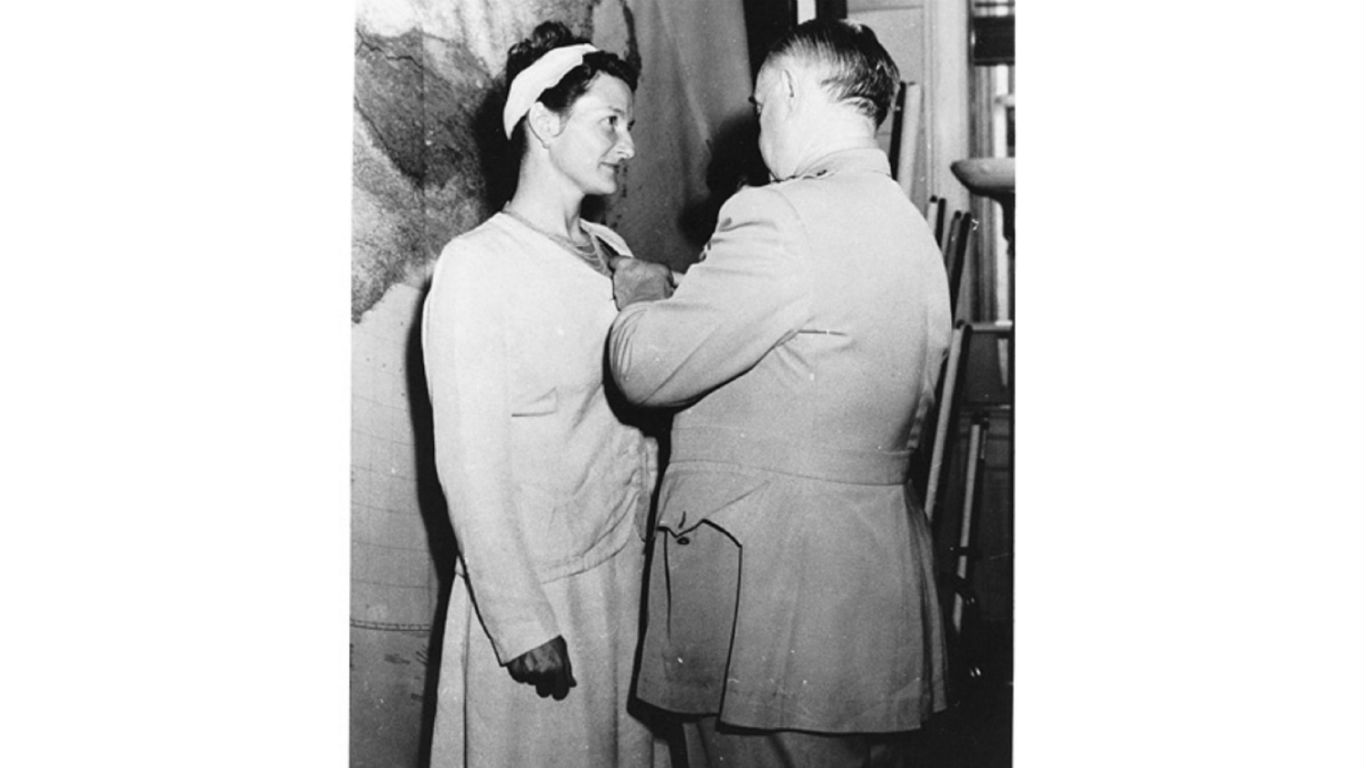
13. Virginia Hall (1906-1982)
American agent
Virginia Hall was an American agent sent to France during WWII, and carried out resistance and surveillance operations. She was so disruptive that infamous Gestapo chief Klaus Barbie said of her, “I would give anything to get my hands on that limping Canadian b—,” but he never did. Hall, who wasn’t Canadian, did walk with a pronounced limp due to amputation of her left leg below the knee. Her team was credited with derailing freight trains, blowing up bridges, killing and capturing Nazis, as well as reporting on German troop movements. Hall was awarded the Distinguished Service Cross, the only woman to receive the award during WWII.

14. Emil Julius Klaus Fuchs (1911-1988)
Atom spy for USSR
Klaus Fuchs fled Nazi Germany and went to the United Kingdom, where he earned a doctorate in physics. During WWII, he began working for Britain’s atomic bomb program, despite his communist leanings. He was indeed then recruited by Soviet intelligence. He also spent time in the U.S. as part of the Manhattan Project. Eventually, he was apprehended in 1950, and he confessed. After nine years in a British prison, he immigrated to East Germany. Fuchs received the Karl Marx Medal, East Germany’s highest civilian honor.
[in-text-ad-2]
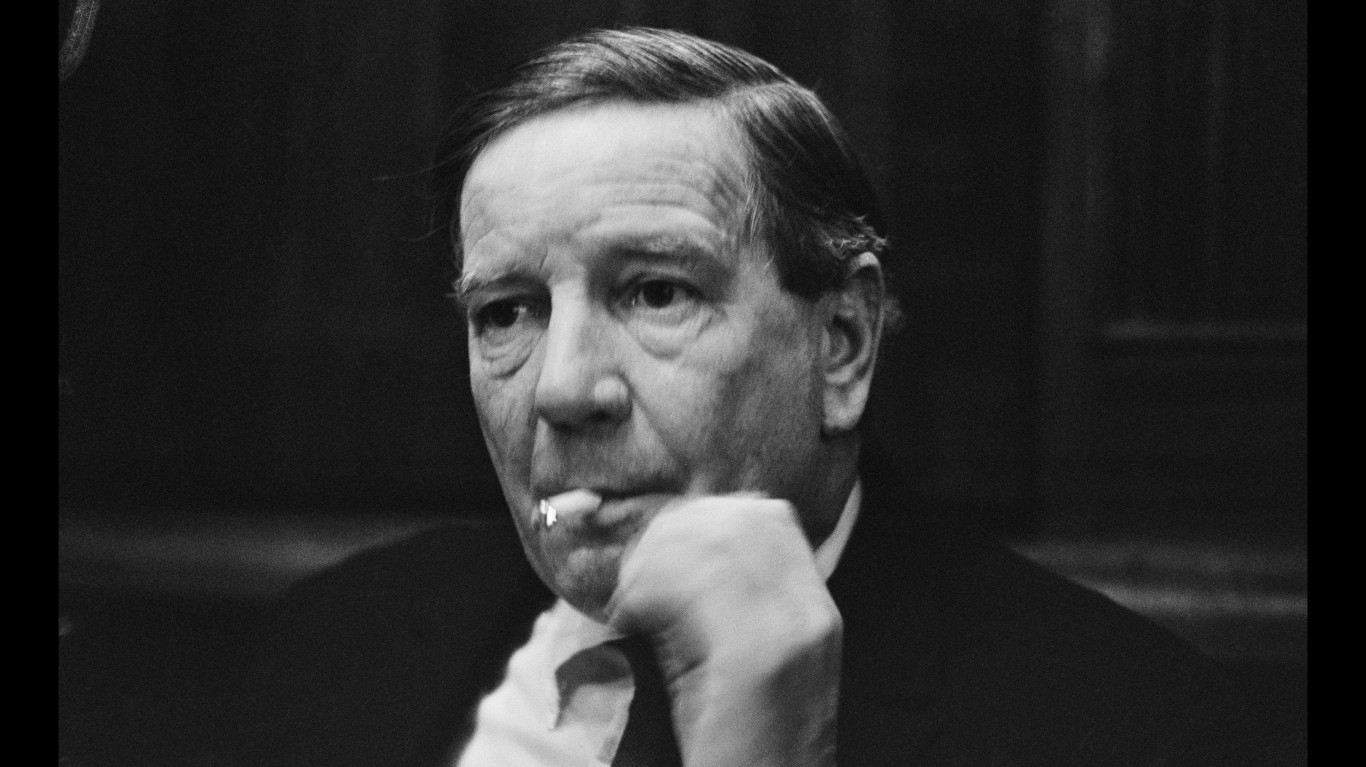
15. Kim Philby (1912-1988)
Spied on the West for Soviet Union
One of the famous spies during the Cold War, Philby became a committed communist during his days as a student at the University of Cambridge in the 1930s. He was recruited to the British intelligence service MI6 by Guy Burgess, himself a Soviet double agent, and Philby climbed the ranks to become head of countersespionage for the British spy service, and was tasked with fighting Soviet spy efforts in Western Europe. Philby passed on information to the Soviet Union about Allied plans to arm anticommunists in Albania as well as activities about MI6 and the CIA to the Russians. After Burgess and another British agent defected to the Soviet Union, Philby came under suspicion. He was dismissed from MI6 in 1955, became a journalist, and eventually defected to the Soviet Union, where he joined the KGB.
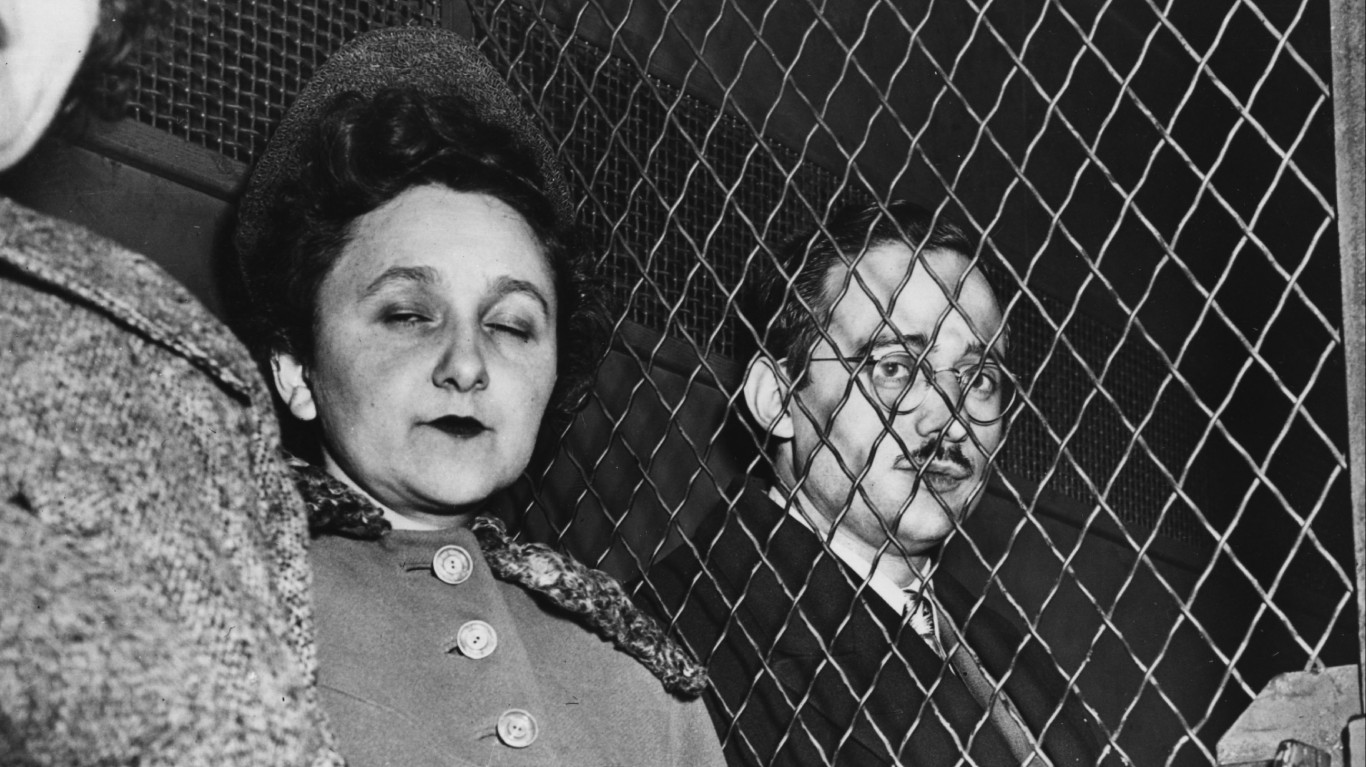
16. Julius Rosenberg (1918-1953), Ethel Rosenberg (1915-1953)
Atomic spy ring for USSR
Julius and Ethel Rosenberg were the first U.S. citizens to be convicted and executed for espionage during peacetime after being accused of heading a spy ring that passed atomic bomb plans to the Soviet Union.
After Fuchs was arrested, the FBI traced his contacts to Harry Gold and David Greenglass, Ethel’s younger brother, who worked on the Manhattan Project. Greenglass implicated his sister and brother-in-law. The Rosenbergs, arrested in 1950, claimed innocence, and their case was controversial for some time. Recently released Russian documents prove Julius’s guilt, much less so Ethel’s.
[in-text-ad]

17. Larry Wu-Tahi Chin (1922-1986)
CIA translator spying for China
Larry Wu-Tai Chin was a translator for the U.S. Army during WWII and the Korea War. He was accused of informing the Chinese government of the identities of the prisoners he interrogated during the Korean War. At his trial, U.S. attorneys said his actions may have delayed the conclusion of the war as well as the settlement of the Vietnam War. He was also a translator for the CIA until his arrest in 1985. During that time, with his top-secret clearance, he passed secret material to China. After his arrest, he committed suicide.
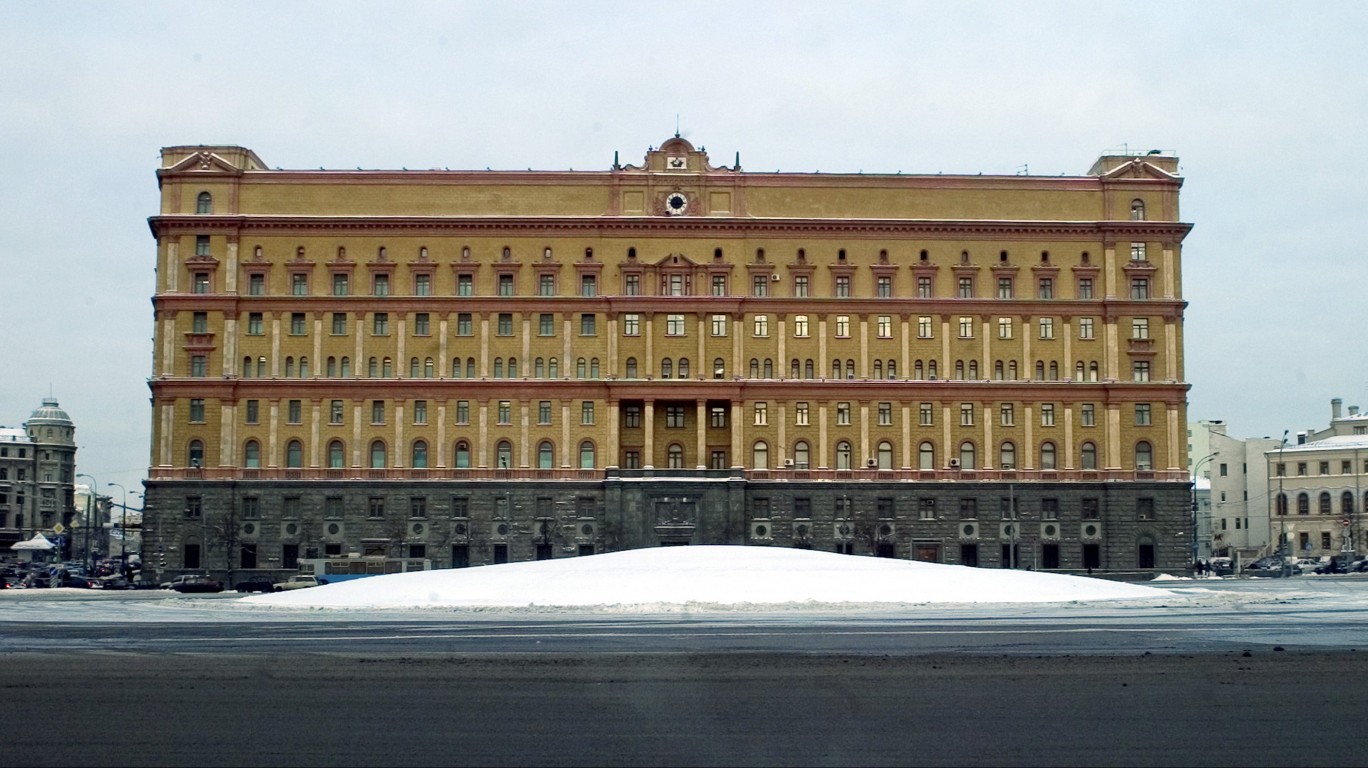
18. Adolf Tolkachev (1927-1986)
Russian spying in USSR for U.S.
Sometimes Americans didn’t need to turn a foreign citizen’s allegiance or embed an American in a foreign country to get information. One such example was Soviet electronics engineer Adolf Tolkachev, who from 1979 to 1985 regularly supplied the CIA with classified information, including knowledge of new Soviet weapon systems. The CIA paid Tolkachev more than $1 million and supplied him with Led Zeppelin, The Beatles, and other Western rock music for his son. Former CIA officers Edward Lee Howard and Aldrich Ames likely revealed him to the KGB. Tolkachev was executed in 1986.
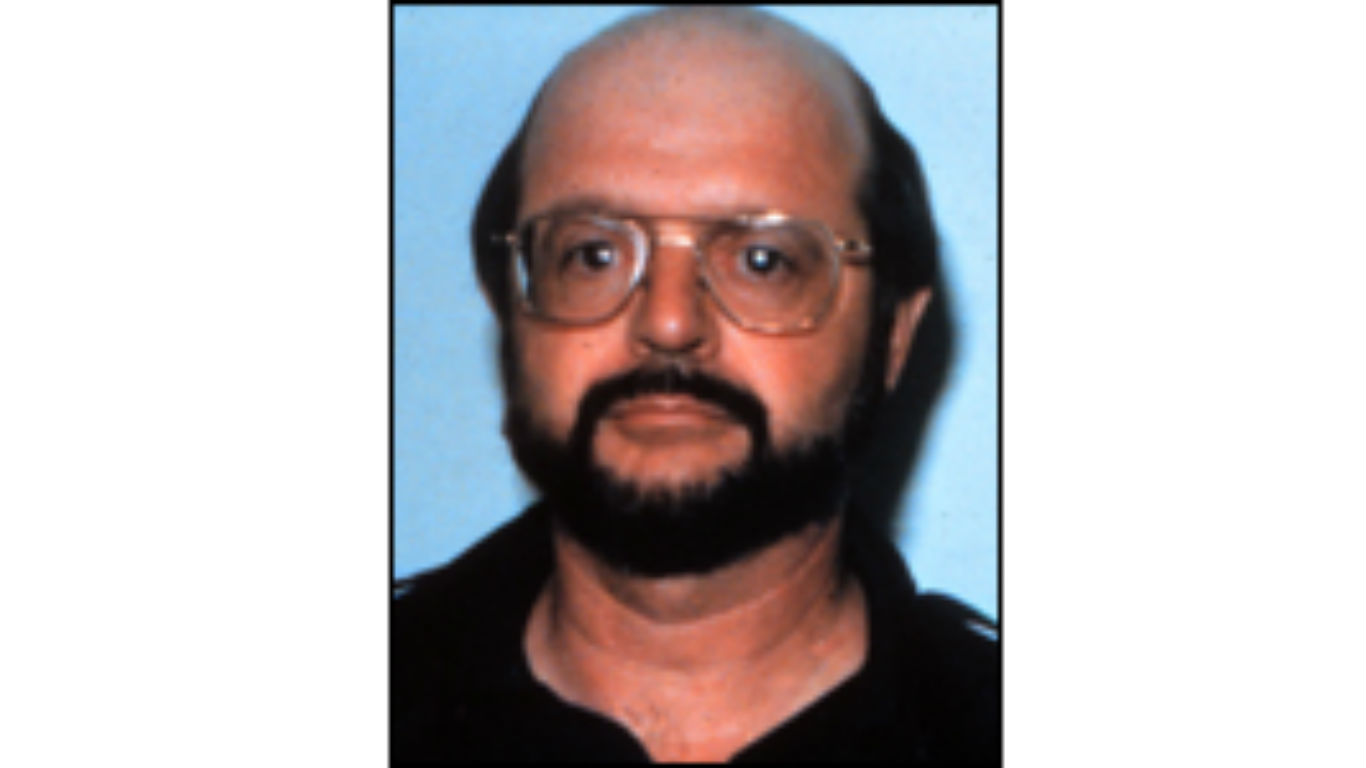
19. John Anthony Walker Jr. (1937-2014)
Navy officer spied for KGB
John Walker passed classified documents to the Soviet Union from 1967 to 1985 in the biggest espionage leaks and security breaches in U.S. Navy history. The U.S. Navy communications specialist sold Moscow “access to weapons and sensor data and naval tactics, terrorist threats, and surface, submarine, and airborne training, readiness and tactics,” according to Secretary of Defense Caspar Weinberger. Because of his information, the Soviet Union could unscramble Navy communications and pinpoint the location of U.S. submarines. Walker also recruited a close friend, a brother, and his own son. Walker was arrested in 1985, sentenced to life in prison, and died there in 2014.
[in-text-ad-2]

20. Chi Mak (Born 1940)
Engineer spy for China
An immigrant from Hong Kong, Chi Mak was an engineer with defense contractor Power Paragon who worked on Navy ships. When the FBI finally arrested him in 2005 for conspiring to steal and provide sensitive U.S. military naval information to China, they found stacks of documents in his house, including about submarine propulsion networks, systems for defending against nuclear, chemical, and biological attacks, and more.
According to The New Yorker, the FBI believed he was a trained operative who had been planted in the U.S. by Chinese intelligence. Mak was convicted in 2007 and was sentenced to 24 years in prison. Three more members of his family were also found guilty of related charges.
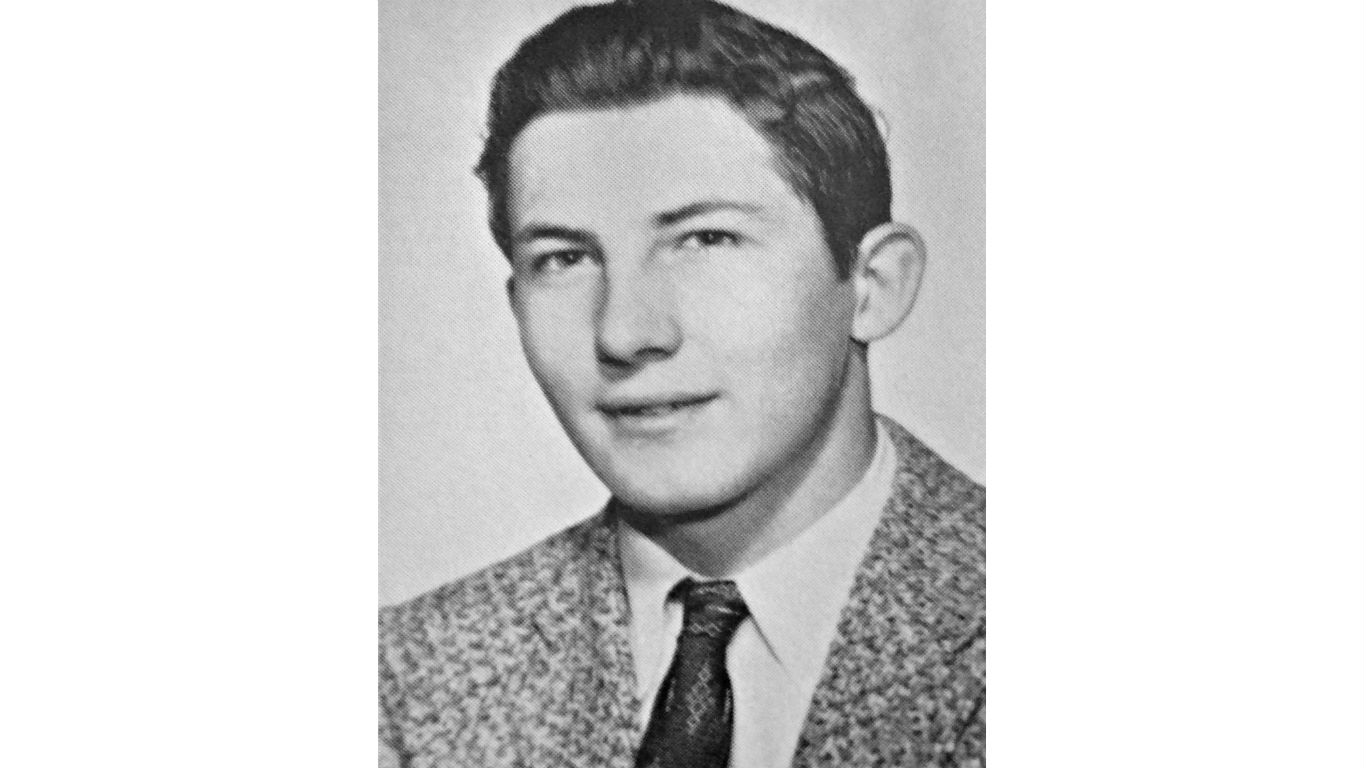
21. Aldrich “Rick” Ames (Born 1941)
Russian mole in CIA
Aldrich Ames was one of the most damaging moles in CIA history, per the CIA itself. Ames started working at the agency in 1962. As the years passed, he needed more money to maintain his extravagant lifestyle, and in 1985, he offered to sell secrets to the KGB. His work allowed him access to CIA operations against the KGB and Soviet military intelligence. As CIA spies in the USSR began disappearing rapidly, the CIA launched an investigation with the FBI and eventually caught Ames and arrested him in 1994. He’s serving a life sentence without parole.
[in-text-ad]

22. Noshir Gowadia (Born 1944)
Engineer spy for China
Another recently caught spy, Indian-born Noshir Gowadia actually helped to design the propulsion system for the B-2 bomber, working for defense contractor Northrop Corporation. He was arrested in 2005 for selling classified information to China, Germany, Israel, and Switzerland. He was sentenced to 32 years in prison. The information he provided helped China design a stealth cruise missile.

23. Robert Hanssen (Born 1944)
FBI agent who spied for USSR then Russia
Robert Hanssen is considered the most damaging spy in FBI history, according to the FBI, and one of the most damaging double agents in recent times. Hanssen gave the Soviets, and later the Russians, classified material, including the identities of Soviets spying for the U.S., specifics about America’s nuclear operations, and the existence of an FBI-built tunnel underneath the Soviet Embassy in Washington. He was arrested in 2001, after an ex-KGB officer revealed that Hanssen was a mole. He is thought to have been motivated by money rather than ideological beliefs. Hanssen is currently serving a life sentence without the possibility of parole.
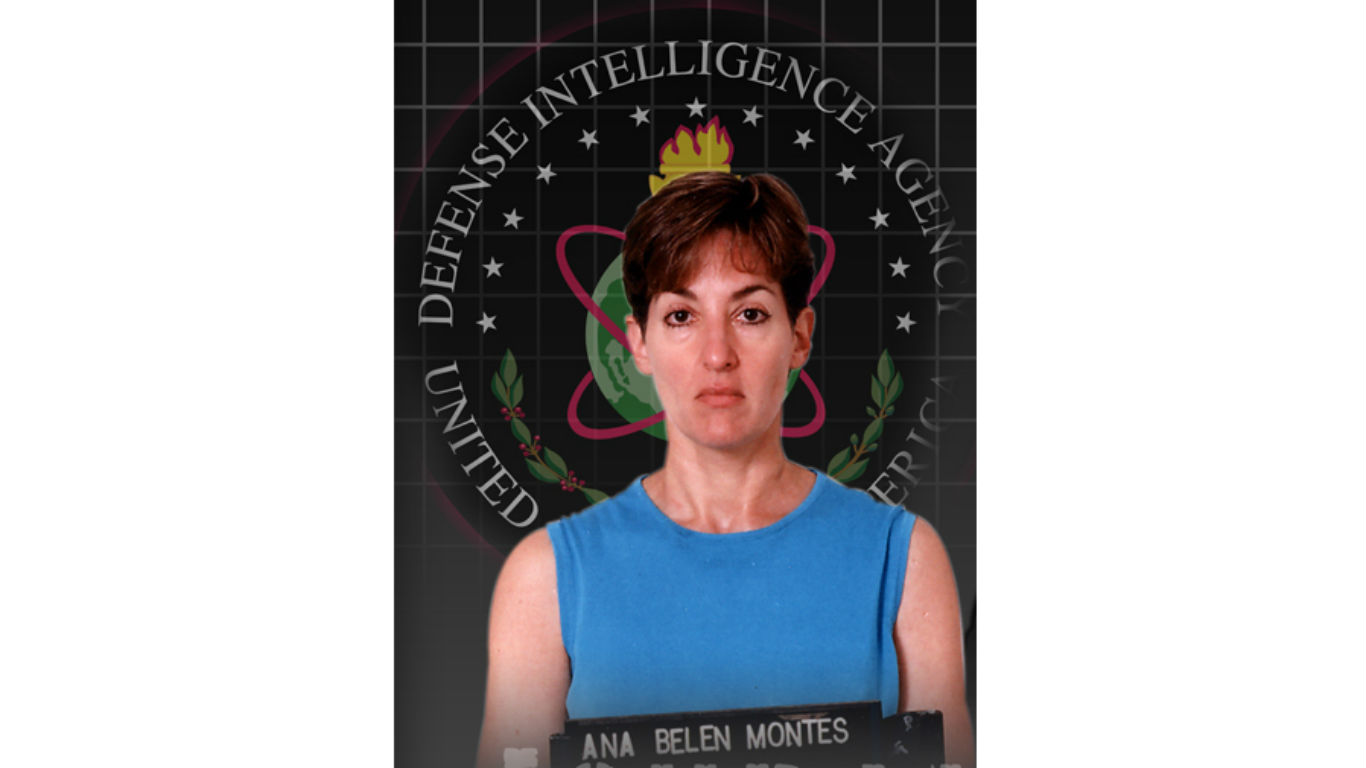
24. Ana Montes (Born 1957)
Cuban spy in U.S.
Ana Belén Montes was working at the Department of Justice in Washington, D.C., when, not being shy about expressing her disapproval of U.S. policies in Central America, she was recruited as a Cuban spy. In 1985, Montes applied to work for the U.S. Defense Intelligence Agency and quickly moved up the ranks to become the most senior Cuba analyst who briefed the Joint Chiefs. The FBI arrested her 10 days after 9/11, ahead of her becoming privy to information about the upcoming war in Afghanistan. She pleaded guilty and received a 25-year prison sentence in 2002. Her motives are believed to have been purely ideological, and she received a medal from Cuba.
[in-text-ad-2]
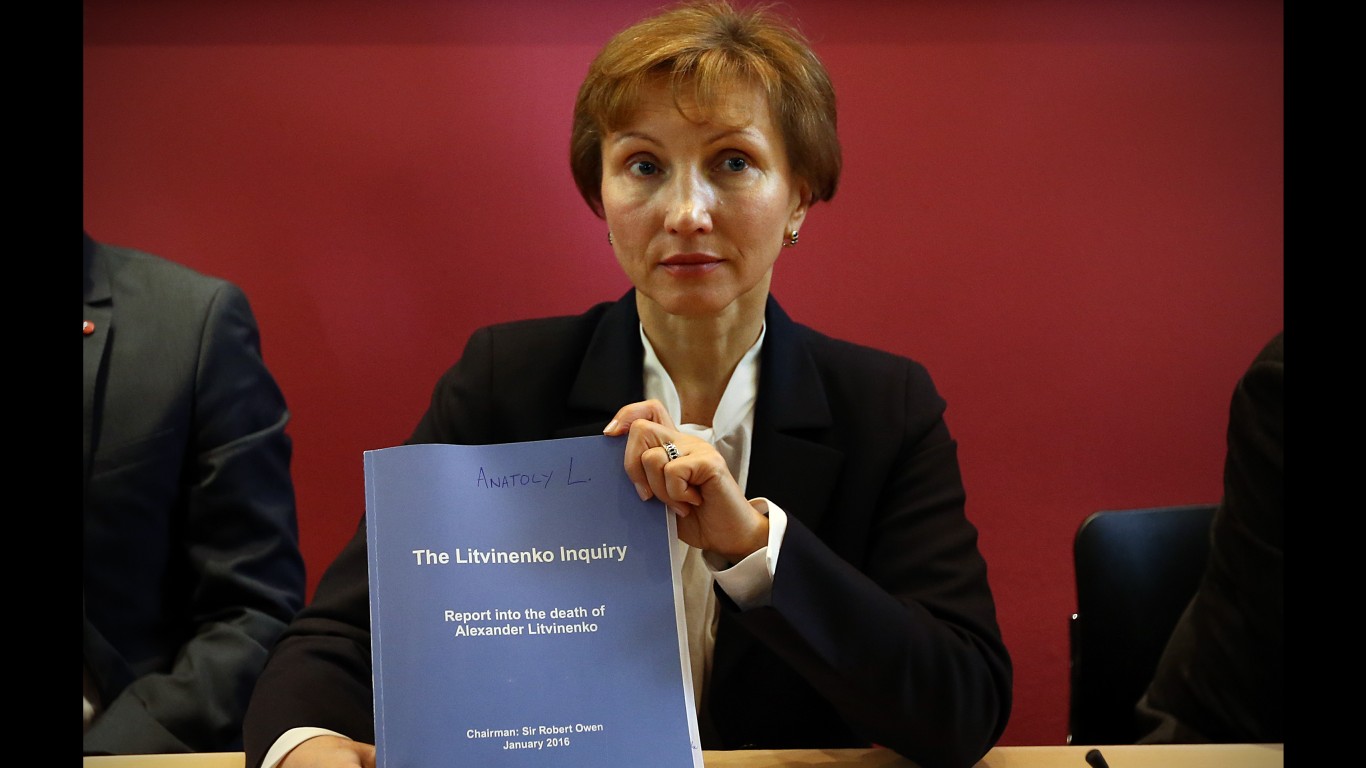
25. Alexander Litvinenko (1962-2006)
Former Russian agent – first confirmed case of polonium poisoning
It’s not the life, but the death of Alexander Litvinenko that was highly publicized, leaving more questions than answers. The former Soviet KGB and Russian FSB officer who defected to Britain was a critic of the Putin regime. He was poisoned with radioactive polonium-210 on Nov. 1, 2006. It is believed he drank a cup of tea laced with the material when he met with his killers in a bar in London. Litvinenko became ill that night and was admitted to a hospital three days later. He died on Nov. 23. His killers, also former agents, later claimed he was a British spy.

26. Edward Snowden (Born 1983)
NSA whistleblower
Some would argue the NSA whistleblower should not be in a list of spies, and maybe, even, on a list of heroes. Perhaps, but it can’t be denied that Edward Snowden leaked thousands of classified documents. Snowden, who found the NSA’s domestic surveillance practices disturbing, collected top-secret documents and leaked them to the media in 2013, after fleeing to Hong Kong. Having his passport revoked and to avoid charges related to espionage, Snowden currently resides in Russia.
[in-text-ad]

27. You Xiaorong or Shannon You
Spied on Coca Cola for China
Perhaps not as famous as the Gillette incident (stolen designs for a new razor), Volkswagen spying on General Motors, or Hilton on Starwood, the recent case is pertinent as U.S. companies and the government are trying to crack down on Chinese theft of intellectual property. In this case, Shannon You, a materials scientist and former Coca-Cola employee, conspired with a Chinese national to steal formulas related to BPA-free coating, which cost more than $119 million to develop, according to the February 2019 indictment.
Cash Back Credit Cards Have Never Been This Good
Credit card companies are at war, handing out free rewards and benefits to win the best customers. A good cash back card can be worth thousands of dollars a year in free money, not to mention other perks like travel, insurance, and access to fancy lounges. See our top picks for the best credit cards today. You won’t want to miss some of these offers.
Flywheel Publishing has partnered with CardRatings for our coverage of credit card products. Flywheel Publishing and CardRatings may receive a commission from card issuers.
Thank you for reading! Have some feedback for us?
Contact the 24/7 Wall St. editorial team.
 24/7 Wall St.
24/7 Wall St.

